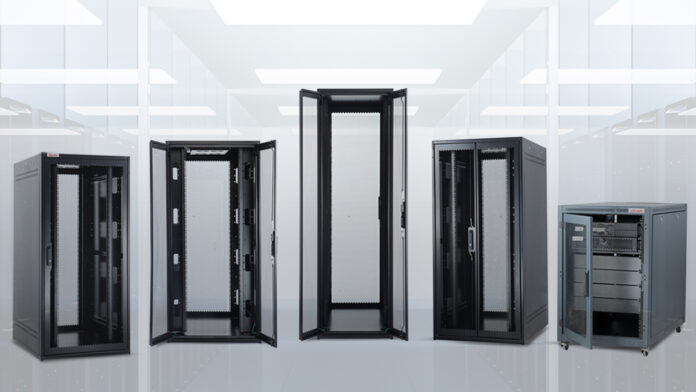Nowadays, network systems stand behind each business and program. Calculations, datum processing, and info storage are carried out by artificial brains. These are huge systems that consist of hundreds or even thousands of devices. Active and passive components are arranged in units and systems to enable complicated actions and cope with them quicker than humans.
Specialized furniture is used for storing these components. Highly durable metal constructions are designed to carry and hold equipment, provide the necessary holes and tech slots, and create multi-layer storage for devices.
All sorts of telecommunications hardware can be stored in such furniture. These include:
- IT production hardware;
- accessories (cables, shelves, rails, etc.);
- OT infrastructure tools.
The modern market offers dozens of solutions for any case. Manufacturers produce products of different sizes and constructions to satisfy the demands of modern customers. Consumers can pick an appropriate model for a network system of any size; both compact models and huge cabinets are provided.
If you need a floor-standing cabinet or a compact wall-mount network rack, visit SysRacks website. The catalog of available models is huge and embraces different types of products. Managers help clients pick suitable options for their cases.
Common Kinds of Server Furniture for Data Centers
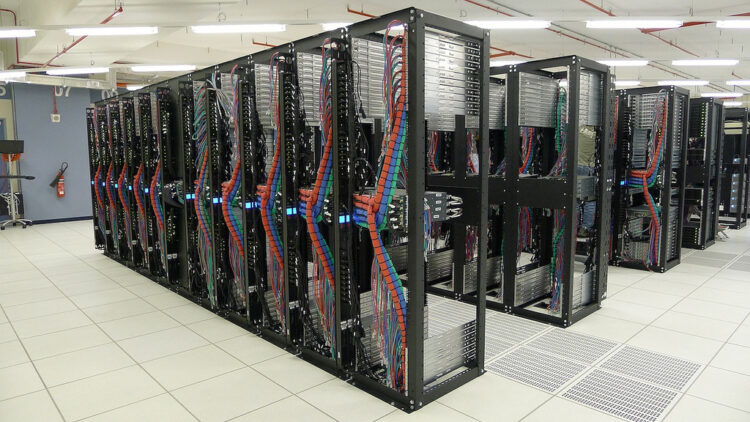
When furnishing a server room, the staff tends to use several solutions. Depending on the size of premises and systems, the following types of racks in data centers are in high demand:
Racks with Open Frames
Here, two types of bodies are possible, namely, 2- and 4-upright models. They differ in size, occupied area, and carrying capacity. A 2-post rack is a small metal framework with 2 vertical uprights; such models are suitable for small systems. 4-upright constructions allow for housing more devices; moreover, their constructions are adjustable since the rear side of the body is movable, so it is possible to customize the rack depth.
The main pros of using open bodies include improved ventilation and hardware cooling due to unhindered air circulation, easy assembly, quick and comfortable maintenance due to access from 4 sides, and the ability to design cable routing maps.
Open bodies are perfect for installation in isolated premises, access to which is limited and monitored since racks cannot protect hardware from outside influences.
Enclosed Cabinets
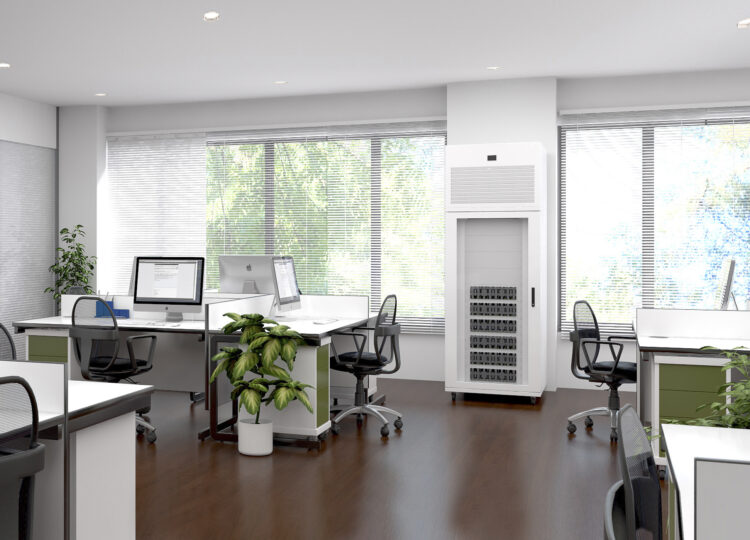
Enclosed constructions have solid metal bodies and consist of side panels, removable front and rear doors, and adjustable vertical mounting rails. Security is the main function of such cabinets. Enclosures reliably protect equipment from access, pollution, and other external impacts. Constructions are equipped with specialized holes for ventilation fans, cables, and other accessories.
A high level of security allows users to mount cabinets in public and open areas, such as stores, banks, etc.
The variety of models differs greatly. Small and big, wall-mount and floor-standing products are offered to accommodate IT devices.
Wall-Mount Racks
The main peculiarity of this class of furniture is that it is fastened to vertical surfaces. Since it is constantly in a hanging position, the carrying weight is limited. Usually, such models are chosen for small systems to support devices over a long period. The standard size varies between 2U-12U.
Wall-mount models are perfect for small premises with limited space. When rooms are not very spacious, fastening cabinets to walls is an excellent way out.
Tips to Take into Account when Selecting a Suitable Rack Type
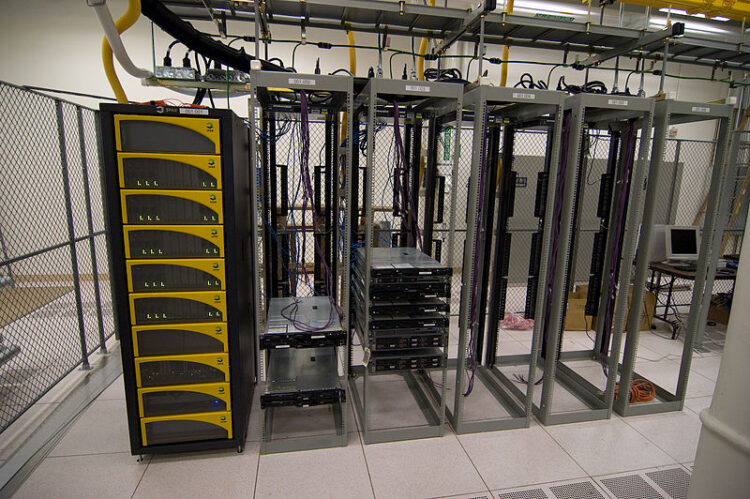
When you choose between network rack types, consider the following parameters to find the best solution for your case:
- Size. Make a layout to find what size you need. If you have a small system, you can give preference to a wall-mount model. Huge systems are accommodated in floor-standing bodies. Make sure to calculate the height correctly. Remember that it is measured in U (units = 1,75 inches).
- Weight Capacity. Check whether a wall-mount cabinet is able to hold the weight of your system. If not, choose between floor-standing models.
- Flexibility & Manageability. Consider how different models are customizable to be more multifunctional and serve for years.
- Cooling Efficiency. Think about the way your system will be cooled. Do you need fans? Or, do you want to save space and use natural airflow?
- Security. If you have an isolated data center, there is no need to use side panels. Yet, if you plan to install cabinets in public places, use lockable enclosures only.
Accessories to Improve Server Performance
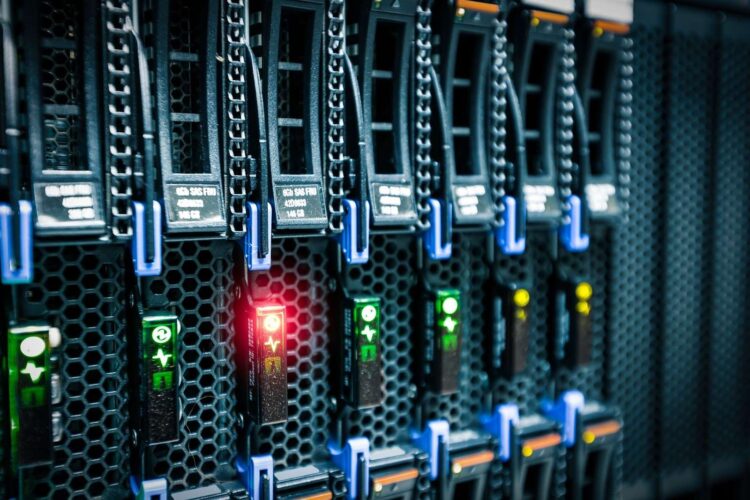
Multiple accessories are used to improve system performance. Here are some examples:
- a power distribution unit is a device designed to feed an entire system and provide a sufficient amount of energy to guarantee the smooth operation of all units;
- a battery backup is designed to prevent data loss in the event of an emergency power outage;
- device management tools are aimed at controlling the correct operation of all units and alarming in the case of hazards;
- patch panels are designed to connect system units, using different types of cords. Multi-sets with different slots allow for routing cables to the needed equipment;
- environmental monitoring sensors help control the climate inside racks/cabinets. When the temperature or humidity rises or falls, alarms are sent to the control board.
The modern industry offers different types of server racks. Producers manufacture quality durable furniture for both closed and open spaces. Constructions and sizes differ to satisfy the needs of all consumers. The main thing is to clearly understand how to choose a suitable model. Various accessories are used to make system arrangement, functioning, and maintenance more convenient and easy.
When selecting a server rack, it’s essential to consider the specific requirements of your equipment and the environment in which it will be deployed. Factors such as airflow, cooling capabilities, and cable management options should be taken into account to ensure optimal performance and longevity.
Before making a final decision, it’s essential to evaluate the anticipated growth of your IT infrastructure. Choose a server rack that allows for future expansion, accommodating additional servers or equipment seamlessly. Furthermore, consider the ease of maintenance, ensuring that the chosen model provides sufficient access for equipment installation, cable management, and routine servicing.

